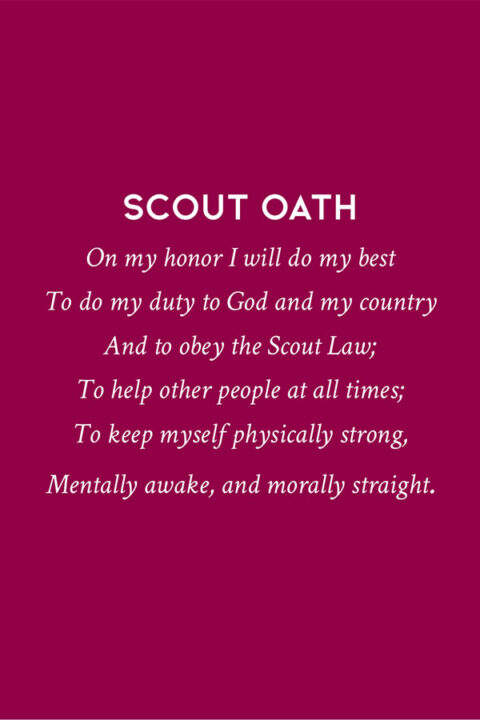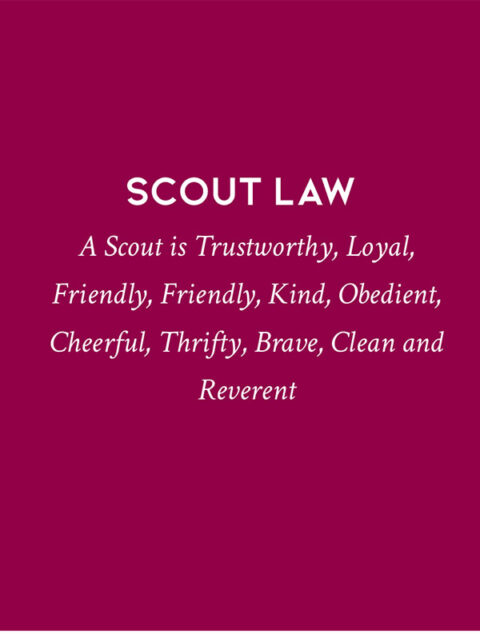Only 2% of all Boy Scouts throughout history have become Eagle Scouts. (Yes, I am the proud parent of an Eagle Scout.)
87% of business leaders agree that exceptional customer experience is a must for their organization. While there is no true measure of the number of companies that are customer-centric, about two-thirds of companies say they compete based on customer experience. I believe most of us would agree that the number of truly customer-centric organizations is probably lower than the 2% of Boy Scouts that ever made the rank of Eagle Scout.

Becoming an Eagle Scout is an achievement that requires a belief in the vision, dedication and long-term commitment to the Scout Oath. It is a Scout’s choice to want to achieve the rank of Eagle Scout. Your employees also have a choice to believe — not only in your brand vision but also in your CX vision.
In a recent study among 102 customer experience business leaders, 9.32% identified their CX Vision as what makes their organization customer-centric.
The brand vision paints a high-level picture of your image and makes a promise to your customers that your products, services, actions, and employees must deliver to. The CX vision paints a picture of the experiences your employees must create and deliver to support your brand promise. And this is where we can learn from the Boy Scouts how to teach, instill and support expected behaviors to deliver to a promise.
The Scout oath is similar to an organization’s brand and CX vision. For Scouts, it sets the vision for what it means to be a Scout. But how does a Scout know how to live this vision?

For Scouts, it starts with the Scout Law which outlines scouting’s key principles.
Every Scout can recite the Scout Oath and Law, it is reinforced in their activities and through the leaders. I am not saying that all employees need to be able to recite your brand and CX vision, but they must understand them and be able to live them.
To help all employees understand how they can deliver to your visions, you must clearly articulate what it means to “live” your brand – for Scouts it’s the Scout Law; for organizations we call these CX Principles. CX Principles are unifying customer experience guidelines that create a common language across all the functions in the organization.
CX Principles are designed to provide guidance to deliver the CX vision consistently. They outline the characteristics to bring your brand vision to life by showing how the organization and employees should behave not only with each other and but also with customers and when creating new products, programs and services.

In conclusion, building a strong brand identity requires delivering to a brand promise through all customer experiences. When your brand does not deliver experiences that support your vision, you risk losing credibility, trust, and loyalty. Your employees must know not only your brand and CX vision, but they also need to understand and live the principles so the decisions they make embody them.
Change requires work, you can’t say you want to become something. It requires:
- Leadership support and a commitment from both the organization and the employees
- Repetition and reinforcement is critical, it’s not a one and done
The fact that the majority of Scouts fail to become Eagle Scouts and so few organizations are truly customer-centric shows their level of commitment and willingness to make the effort. To be a CX leader is to be among the rare and few. If you want to get there, you need to rise up and show true character.